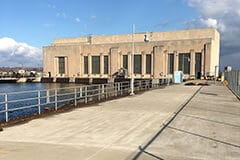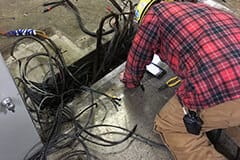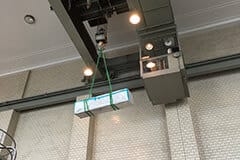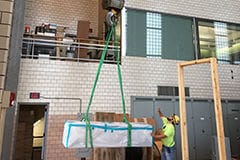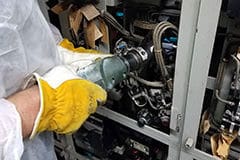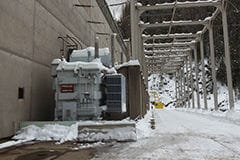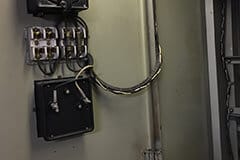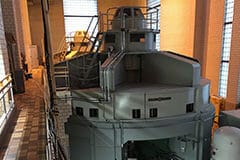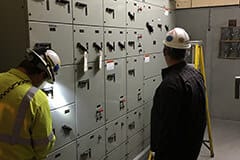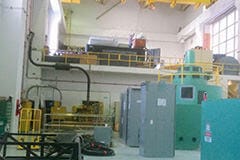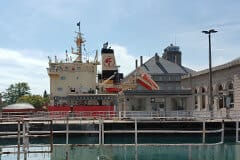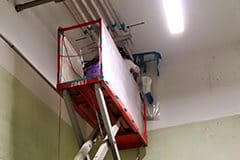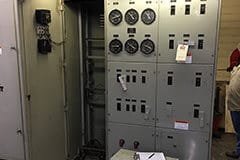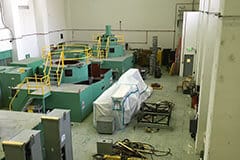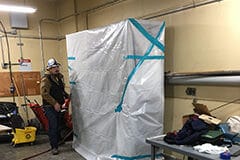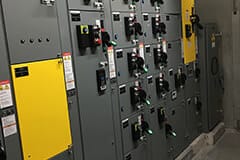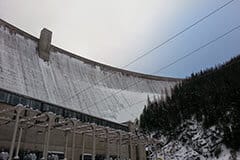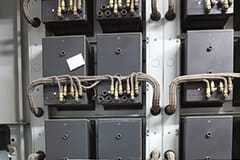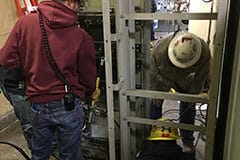At a Glance
Throughout the country, hydroelectric dams harness the raw, clean power of our river systems—most of which were built and implemented in the boom years after the second world war. As with all things industrial—and especially with things as crucial as these dams—upgrades, replacements and maintenance are paramount for keeping these facilities functioning.
However, when it’s time to modernize and replace these vintage wiring bundles, switchgear cabinets, transite conduit—you name it—it is not just as simple as take-out-put-in. Potentially containing asbestos, these items pose the same health risks—and carry the same regulations—as other asbestos containing building materials to electricians and power plant personnel.
The extremely rare outages for hydroelectric power plants are scheduled months in advance for replacing these critical components—work must be executed precisely, safely as well as efficiently. For every minute that it takes to remove the asbestos-containing materials, it is one less minute to fit, install and implement the new components. The time frame for a planned outage has ranged from 48 hours to 96 hours depending on the scale of the components being changed out. Time is key, expertise is a must, and safety is beyond important.
Finely Tuned to a Science, PTI Has the Formula for this Challenge at Hydroelectric Power Plants
Drawing on experience from the company’s extensive industrial abatement projects (from coal-fired power plants, oil and gas refineries and manufacturing facilities), in addition to its experience at ten different hydroelectric power plants, PTI shows up with a plan for success. The successful execution of the abatement is determined prior to any actual removal work being performed. PTI works closely with a Certified Industrial Hygienist to design the abatement project in detail. It should be noted that more time is spent during the planning and submittal process for one of these projects than the actual time that goes into the abatement. Once PTI mobilizes to a hydroelectric power plant for a scheduled outage, the actual work is executed according to plans. Containments were built, negative air pressure was achieved and the abatement went smoothly.
On mission-critical, time-sensitive jobs like these, it is needless to say that this kind of experience matters.
Also, PTI’s long history working with the regulatory agencies (i.e. EPA, OSHA) makes sure that things were done well within the rules for asbestos abatement, specifically when working with the types of asbestos products found at the power plant, as well as the safety hazards found in this unique environment.
PTI has a proven track record of success working at hydroelectric power plants. PTI has met the high-pressure time requirements of every scheduled outage at each of the dams it has performed abatement. Again, safety cannot be stressed enough. PTI has not experienced any first aid requirements let alone an OSHA recordable at these projects.
With PTI’s dedicated leadership and well-trained, professional team these hydroelectric power plants were all well executed. PTI will provide references upon request.

